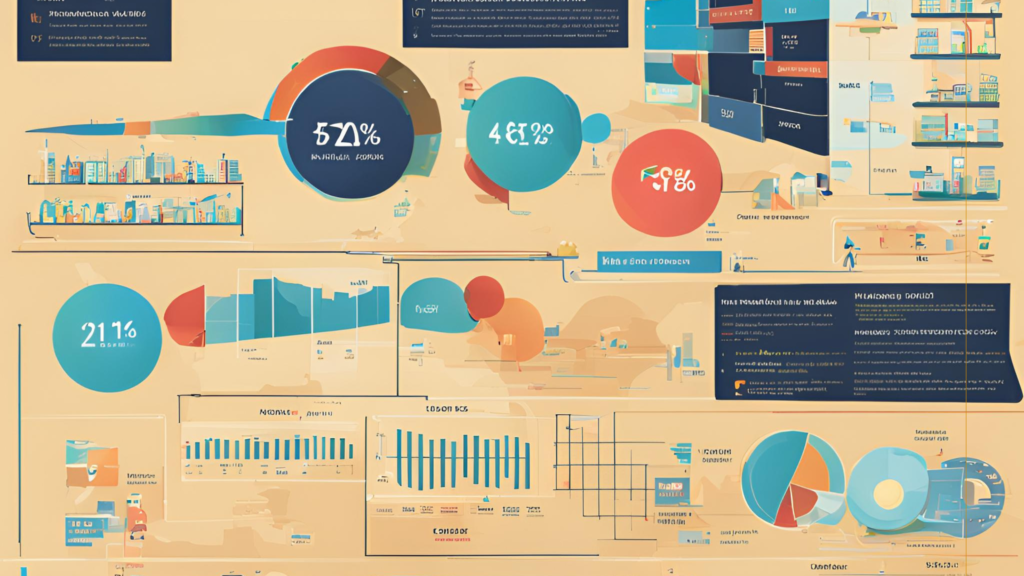
There are four commonly accepted market phases: the accumulation phase, the uptrend phase, the distribution phase, and the downtrend phase. Various theories and trading strategies are built around these phases, ranging from the simplest indicator-based strategies to more complex wave theories, where indicators serve as auxiliary tools. The most mysterious, in my opinion, is the theory of smart money, where, by looking at the chart, you determine the plans of market whales and join them.
Within these phases, there are impulse waves and correction waves, stabilization areas, support and resistance levels, and criteria for true and false breakouts. The development of technology has led to the constant emergence of new financial instruments, the development of margin trading, and electronic trading characterized by high speeds, significantly lower transaction costs, a larger number of market participants, and thus higher market liquidity. All this has contributed to the growth in the number of market participants pursuing purely speculative interests—those who earn simply from price movements, regardless of whether this direction is associated with the rise or fall of the underlying asset. You can easily find data online on the growth of brokerage accounts and the increase in daily trading volume.
Therefore, I think it is entirely appropriate to describe the market phases that would interest a speculator rather than contain information about the future prospects of a given product.
At this stage, I would divide all market participants into two categories. The first is those who believe there are patterns in the market. This effectively means that price movements are predetermined, and adherents of this theory can, by conducting certain studies, predict the rise or fall in asset prices over any given period.
The second is those who recognize that there are no patterns in the market, but inertia exists. Americans, since the 1950s, have been regularly searching for patterns in financial markets, but so far, these searches have not been successful, despite technological advancements. However, they have found inertia, albeit with some caveats. Inertia undeniably exists over very short time intervals, but it is insufficient to cover transaction costs. Then, there are intervals where inertia is enough to cover transaction costs and make a profit. Finally, for larger time intervals, the question remains open due to a lack of statistical data. Simply put, there are moments when, knowing the previous movement, we can predict its continuation in the same direction over a small distance for a very limited time. After this, the price becomes unpredictable.
I cannot say which of these viewpoints is correct, but personally, I lean towards the second. That is why I took the liberty of describing market phases for a speculator. Note that if we recognize that there is no pattern in price movements, questions of trading strategy, such as determining the direction of trade or when to enter the market, should be resolved as simply and quickly as possible.
As a signal to enter the market, you can take the signal from which any movement on the market begins, either up or down. Do you know such a signal? Thought about it? The first thing that comes to my mind is a candle of a certain color. Agree, any upward movement begins with a green candle, and any downward movement with a red one. Now we need to determine what it means that we have waited for inertia. Let’s say that if after the first candle of a certain color, a second one of the same color appears, then inertia has occurred, and everything else is a matter of chance. Then we can give the following classification of market phases:
The phase of Absolute Market Growth: This phase occurs when the market grows without any retracement, i.e., there are no inertial movements downwards.
The phase of Market Growth with Inertial Declines: This is when the market experiences declines, with downward movements consisting of more than two consecutive candles. It’s important to understand that extremums are being updated, indicating market growth, i.e., both highs and lows are rising.
The phase of Absolute Market Decline: This is analogous to the phase of absolute growth, i.e., when the decline occurs without any inertial movement upwards.
The phase of Market Decline with Inertial Growth: This occurs when, after identifying the very moment the rise begins, the upward movement continues for some time.


